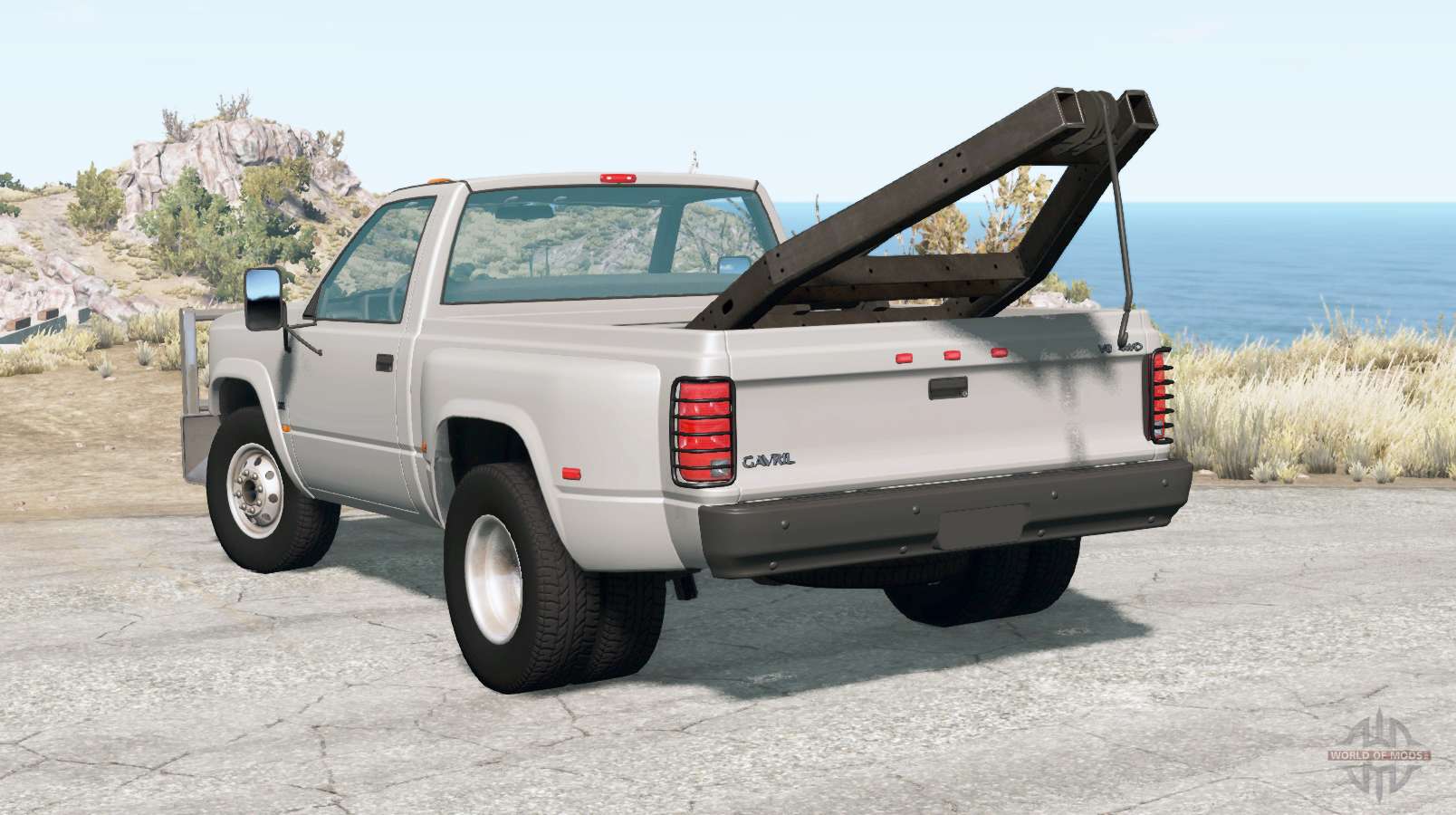


An Indonesian version of the originally 543-cc Suzuki Carry was built with a 1.6-L unit – nearly three times larger. For export markets, kei trucks are usually fitted with bigger engines to allow them even more carrying capabilities. Despite the size and engine displacement, most kei trucks have a bed load capacity of nearly 350 kg (770 lb). Due to the limits established with regards to vehicle length, most, if not all, current trucks in this classification are built with the " cab over" approach to maximize load-carrying abilities - the Suzuki Mighty Boy is one of the rare historical exceptions. They weigh about 700 kg (1,500 lb), and when ungoverned, can reach up to 120 km/h (75 mph). The 1998 law admits a maximum length of 3.4 m (134 in), a maximum width of 1.48 m (58 in) and a maximum height of 2.0 m (79 in) with a maximum displacement of 660 cc (cm 3). They evolved from earlier three-wheeled trucks based on motorcycles with a small load-carrying area, called san-rin (三輪), which were popular in Japan before the war. The kei truck class specifies a maximum size and displacement, greatly increased since legislation first enabled the type in 1949. They are known as keitora (軽トラ, "light truck") in Japan alongside the microvan. A kei truck, kei-class truck, or Japanese mini truck is a mini truck, a tiny but practical pickup truck available in rear-wheel drive or four-wheel drive versions, built to satisfy the Japanese keijidōsha (軽自動車, "light vehicle") statutory class.


 0 kommentar(er)
0 kommentar(er)
